Final resting place: New Bern's National Cemetery honors the 'brave and fallen few'
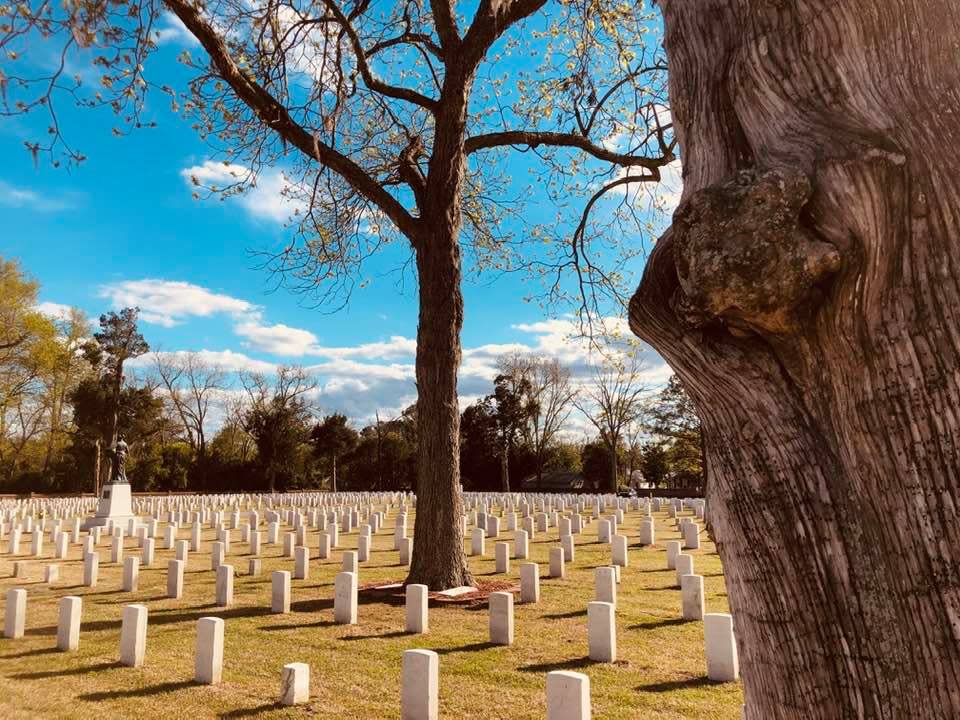
This is the final installment of a four-part series by reporter Todd Wetherington examining the beauty and cultural significance of our area's historic resting places through words and photos.
Visitors to New Bern’s National Cemetery might notice pennies set atop a number of gravestones and white marble markers. The coins are a sign to the deceased soldier's family that someone has stopped by to pay their respects, that their loved ones, whatever war they fought in or role they may have played, have not been forgotten.
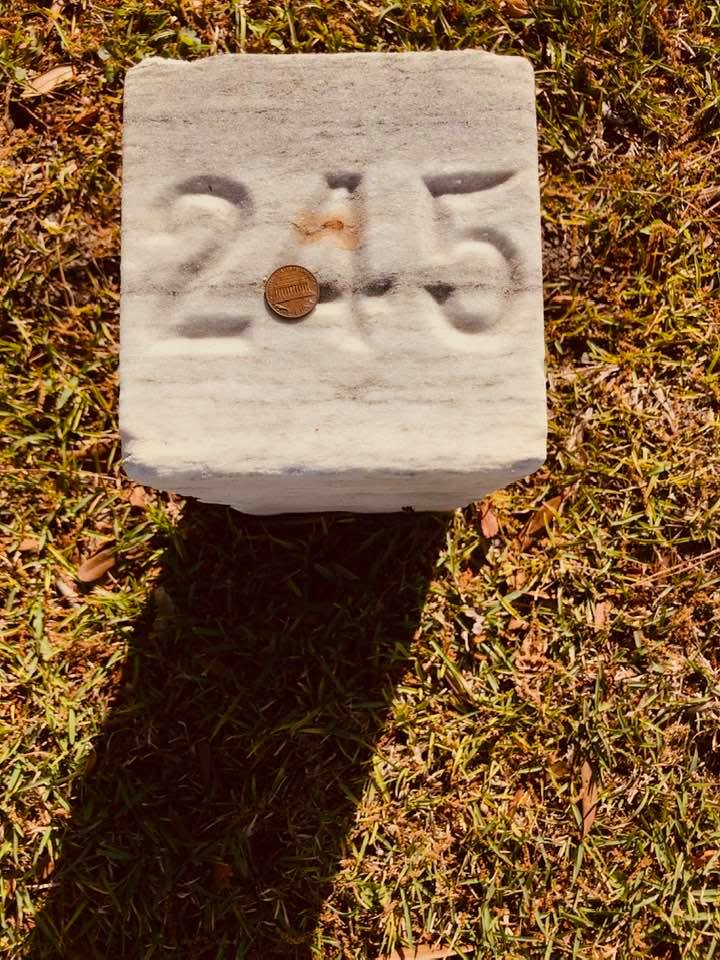
Rising like a mirage from the oak-lined streets of National Avenue, the cemetery is the final resting place for more than 6,500 U.S. service members dating back to the Civil War. Established in 1867 just a stone’s throw from the banks of the Neuse River, the cemetery’s original brick wall enfolds a field of private grave markers as well as four large, gray monuments that commemorate the Union soldiers buried there.
More: New Bern's Greenwood Cemetery tells a story of race, injustice and redemption
More: Cedar Grove Cemetery: New Bern’s 200-year-old silent sanctuary a gateway to the city's past
More: The Old Burying Ground attracts New Bern, Craven tourists to its drama of war and love
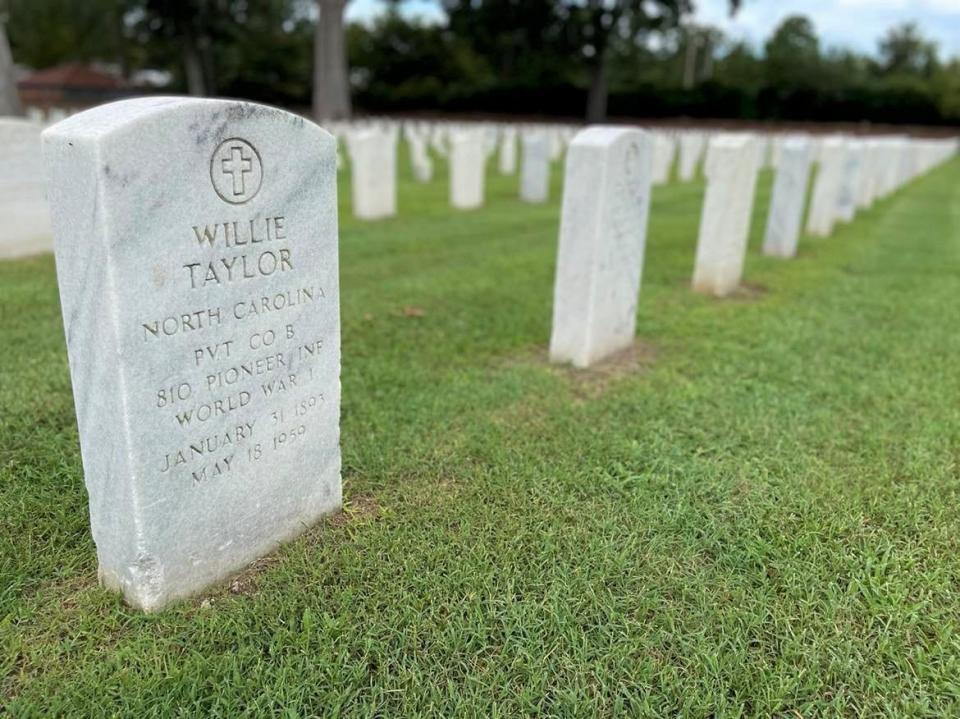
Beneath the ground’s Spanish moss-draped trees, former slaves rest with members of World War I field artillery divisions and World War II sailors keep company with Vietnam-era pilots. While some markers are inscribed with loving remembrances, many only detail the service member's name, rank, date of birth and death and the war they served in. Quite a few markers bear the simple inscription ‘unknown.’
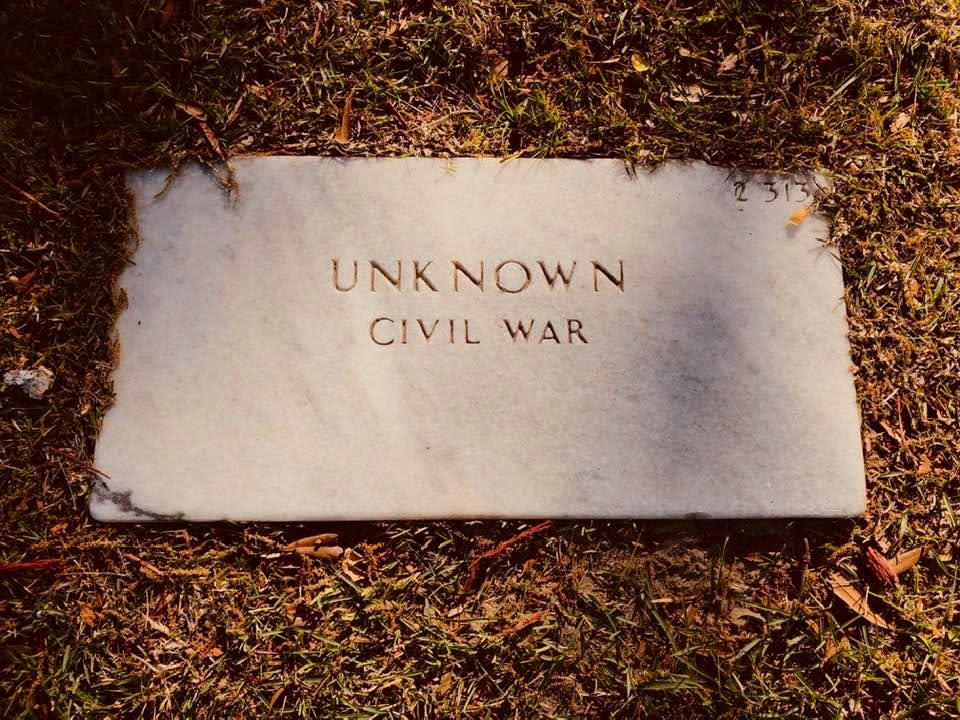
Family members of veterans are also found here, the spouses and children who shared their lives and mourned the losses of their loved ones. Several headstones tell of young lives cut short, of those gone too soon to know of the sacrifices made by their fathers and mothers.
In Section 10, the grave of the first woman buried in the cemetery, Carrie E. Cutter, is located next to her fiancé, Charles Plummer Tidd, a Civil War-era sergeant in the 21st Massachusetts regiment. Cutter, who served as a military nurse, died after contracting yellow fever while assisting wounded soldiers aboard a Union transport vessel. Originally buried on Roanoke Island, both Cutter and Tidd were later reinterred at New Bern National Cemetery.
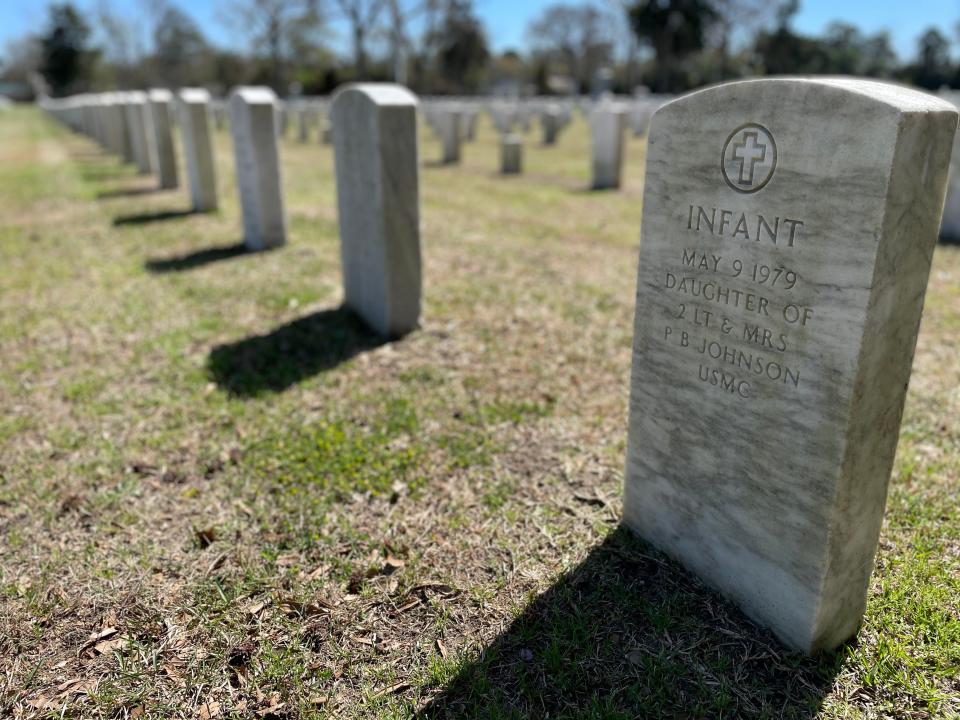
Also among New Bern National Cemetery’s flashing white markers, visitors will find lessons more revealing than those in any history book.
Union soldiers who fought and died in the Battle of New Bern of 1862, as well as other Civil War battles along the coast, were laid to rest here. Their numbers include some 300 U.S. Colored Troops who were originally buried throughout the state’s Inner Banks region.
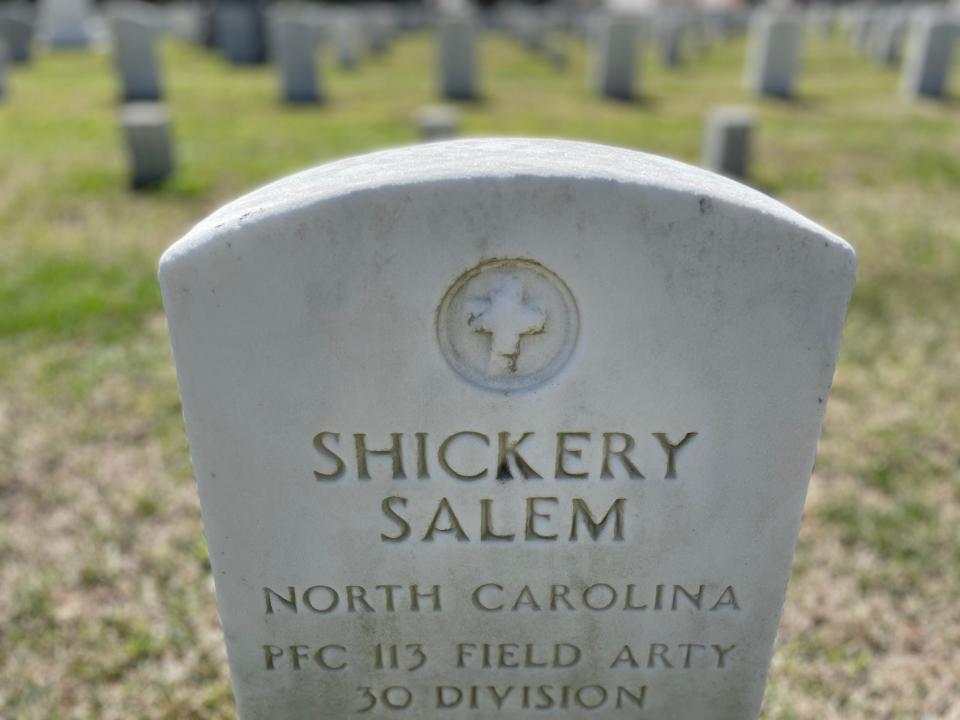
Erected in 1908 to honor Massachusetts soldiers who died in North Carolina during the Civil War, a five-foot-tall bronze statue of a woman brandishing a shield rises above the gravestones. The inscription on the shield reads, “After loyal service union and peace.”
Across the road, a monument erected in 1906 honors the Rhode Island regiments that fought in North Carolina. A short walk away, a granite memorial erected by the state of Connecticut pays honor to troops cut down by the yellow fever outbreak in 1864.
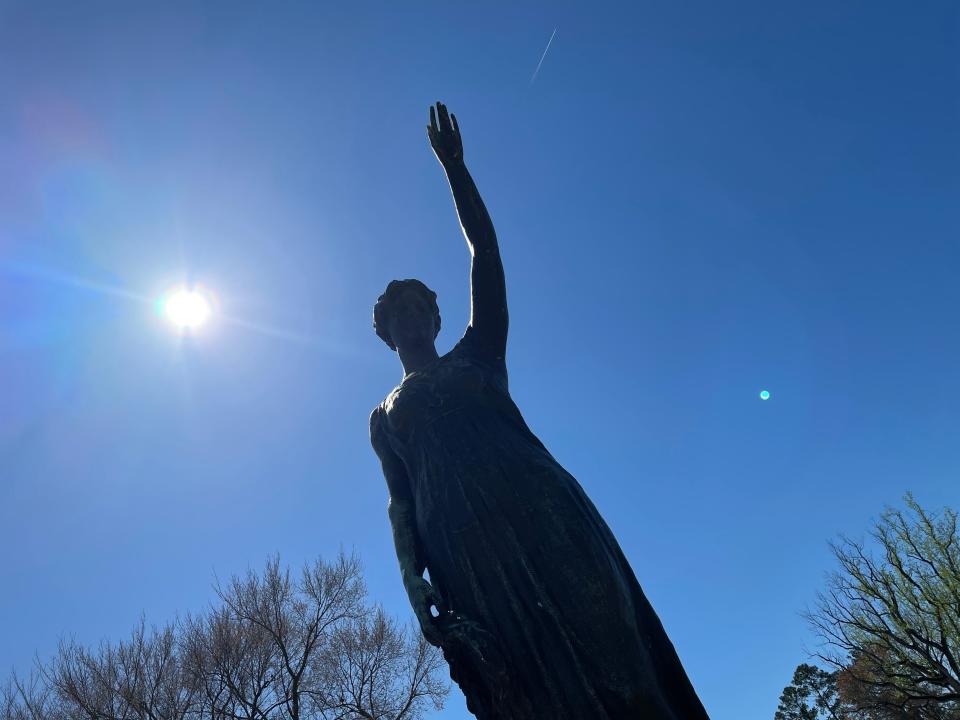
In 2015, New Bern National Cemetery's nearly 150-year-old wall underwent a months-long renovation to restore its former glory. And though the cemetery is currently closed to new interments, its continuing importance, both as a place of memory and as a tribute to those who fought and died for their country, is made plain in lines from the poem "Bivouac of the Dead" by Theodore O'Hara. Inscribed on a plaque near the cemetery's entrance, the lines read:
“The muffled drum's sad roll has beat
The soldier's last tattoo;
No more on life's parade shall meet
That brave and fallen few.
On Fame's eternal camping-ground
Their silent tents are spread,
And Glory guards, with solemn round,
The bivouac of the dead.”
Reporter Todd Wetherington can be reached by email at wwetherington@gannett.com. Please consider supporting local journalism by signing up for a digital subscription.
This article originally appeared on Sun Journal: New Bern's National Cemetery honors the 'brave and fallen few'

